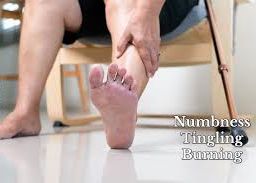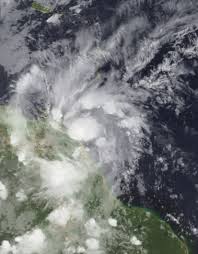
Tropical Storm Preparedness: Essential Tips for Safety
As the threat of a tropical storm looms over St. Lucia, it’s imperative to be proactive and prepared. With potential challenges ahead, staying informed and taking necessary precautions can make all the difference in ensuring safety for yourself and your loved ones. In this guide, we’ll walk you through essential steps to tropical storm preparedness, empowering you to navigate this weather event with confidence and readiness.
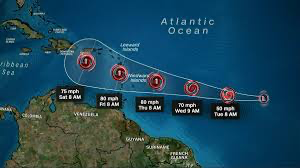
Attention, residents of St. Lucia! As a tropical storm advisory looms over our beautiful island, it’s crucial to ensure that we are prepared to face the potential challenges ahead. By taking proactive measures and staying informed, we can safeguard ourselves, our families, and our communities during this weather event.
Useful tips for tropical storm preparedness with confidence:
1. Stay Informed:
Keep a close eye on weather updates from reliable sources such as the local meteorological office or national weather service. Stay tuned to radio broadcasts, TV alerts, and official social media channels for the most up-to-date information regarding the storm’s path, intensity, and expected impact on St. Lucia. Understanding the situation is the first step towards preparedness.
2. Create a Comprehensive Emergency Kit:
Prepare an emergency kit that includes essential items to sustain you and your family during the storm. Some important items to include are non-perishable food, drinking water, flashlights, extra batteries, a first aid kit, medications, important documents, cash, a battery-powered radio, and a manual can opener. Consider the specific needs of your household, such as infant supplies, pet supplies, or any necessary medical equipment.
3. Secure Your Property:
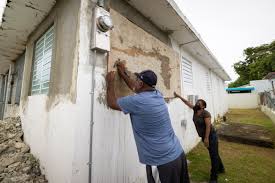
Inspect your property to identify and address any potential vulnerabilities. Trim tree branches that could pose a risk of falling during high winds. Secure loose objects outdoors or bring them inside to prevent them from becoming projectiles. Reinforce windows with storm shutters or use plywood boards to protect them. Clear gutters and drains to ensure proper water flow. By taking these proactive measures, you can minimize potential damage and keep your surroundings safer.
4. Develop an Evacuation Plan:
Familiarize yourself with the designated evacuation routes and shelters in your area. If you live in a flood-prone zone or in a low-lying area, consider relocating to a safer location before the storm hits. Prepare a plan that outlines how you will gather your family, pets, and emergency supplies, as well as any arrangements you need to make for transportation or accommodation. Share this plan with all household members to ensure everyone is on the same page.
5. Stay Connected:
Maintain open lines of communication with your loved ones and neighbors throughout the storm. Exchange contact information and establish a communication plan in case cell phone networks or landlines are disrupted. Consider using alternative methods like walkie-talkies or satellite phones. Community networks and support systems play a vital role during challenging times, so stay connected and offer assistance to those in need.
6. Protect Important Documents:
Safeguard your important documents by keeping them in waterproof containers or by creating digital backups. Documents such as passports, birth certificates, insurance policies, and property deeds should be readily accessible in case of an evacuation or damage to your property. Store digital copies in the cloud or on a secure external hard drive, ensuring they are password-protected for added security.
7. Take Care of Yourself and Others:
Amid the storm’s uncertainty, it’s essential to prioritize self-care and the well-being of those around you. Stay calm and reassure family members, particularly children, about the steps taken to ensure their safety. Monitor the emotional and physical needs of your loved ones, offering support and comfort during this challenging time. Additionally, check on your neighbors, particularly the elderly or those with special needs, to ensure they have the support they require.
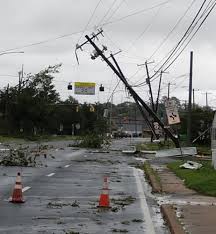
As a tropical storm approaches St. Lucia, it’s important to stay informed, prepared, and united as a community. By following these unique and informative tropical storm preparedness tips, you can better protect yourself, your loved ones, and your property.
Disclaimer: The information provided in this content is for general informational purposes only. It is not intended as medical or healthcare advice, diagnosis, or treatment. Always seek the advice of a qualified healthcare professional with any questions you may have regarding a medical condition or healthcare decisions.













